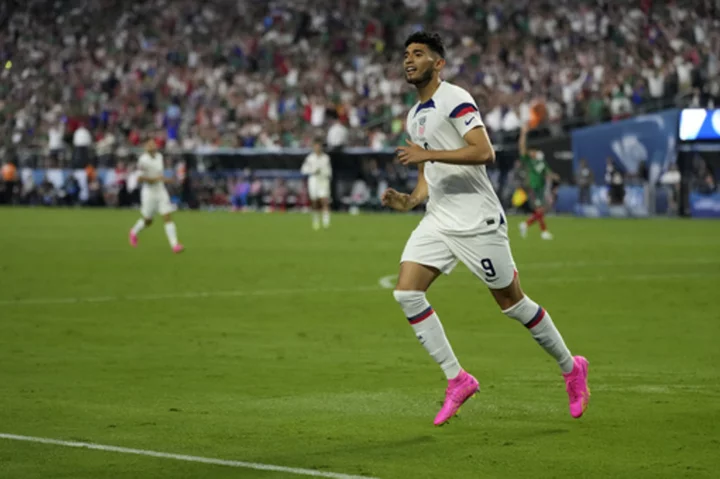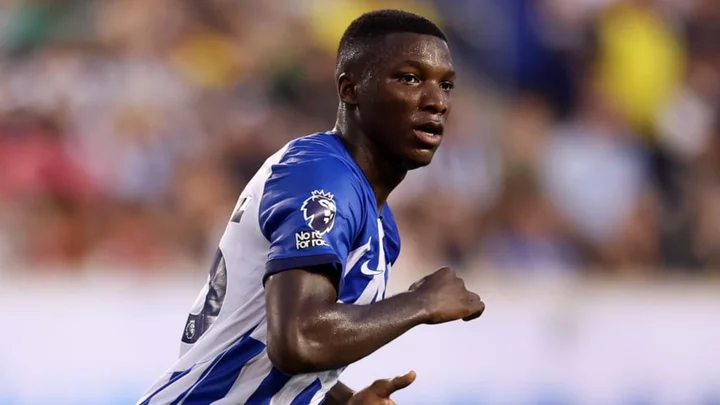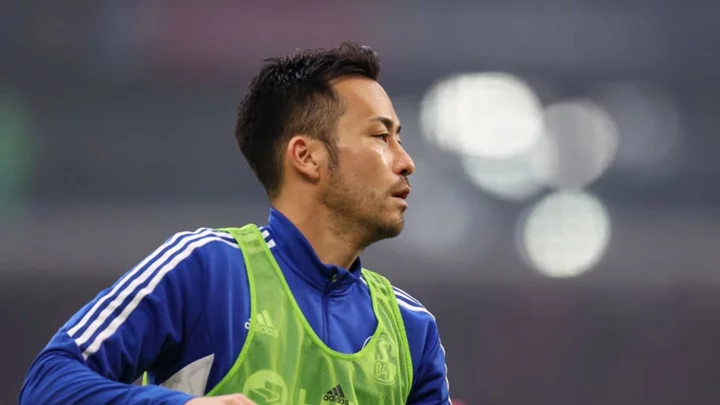Teenagers from a crowded Manila slum shoot hoops on a court bearing the shiny logo of the FIBA World Cup, the tournament where the Philippines team disappointed a basketball-mad nation.
The team's failure to make it past the first round -- with three straight losses -- has done nothing to diminish passion for the sport.
The court where the teenagers are playing is at the Tenement, a decaying public housing estate lacking running water and elevators, where hundreds of families cram into tiny apartments.
Some of the world's top basketball nations, and some of the best players, are just a short distance away, but this is as close as many of the teenagers will ever get to the World Cup.
Undeterred by the national team's dismal performance, which has left many disappointed fans blaming the coach, the teenagers braved heavy monsoon rain to practise their shooting skills.
"It gives me more inspiration to continue playing," Kevin Bayobo, 18, told AFP on Thursday at the court where he first learned to play.
"We fought hard. It's just that luck was not with us. With better coaching, it's not inconceivable that we could have won a medal."
Filipinos have developed a deep passion for basketball since it was introduced by former colonial ruler the United States.
Community life across the country revolves around basketball courts, which are usually covered with a roof, and people play at all hours of the day and night, often in flip-flops or bare feet.
Courts also serve as evacuation centres during natural disasters, as vaccination sites or venues for beauty pageants, and even places for mass circumcisions.
At the Tenement, the sound of basketballs thumping on the brightly painted concrete surface echoes through the 1960s-era housing project.
Children and adults wearing sports shoes lined up days before the World Cup for their turn to play on the court, which was given a makeover by FIBA's "Revamp My Court" initiative.
Most residents of the slum would struggle to afford even the cheapest tickets for a World Cup game at one of the official venues in Manila. Instead, many watch games live-streamed by spectators.
"We'd love to watch the games if given a chance," Merly Cardino, 46, told AFP.
"Maybe somebody will act as sponsors for us."
- 'Hard work, not height' -
The Tenement court has earned international fame over the years, with high-profile visits from NBA stars including LeBron James.
Local artists have used the court as a canvas to paint portraits of sporting heroes including Kobe Bryant, the Lakers superstar killed in a helicopter crash in 2020.
Dual Philippine-American citizen Jordan Clarkson, the only NBA player on the Philippines team, has described the Tenement as "a bucket list destination for those who love basketball".
Eddie Barbuena, 45, has been training young players there for the past 20 years. Hard work, rather than height, was the key to becoming a good player, he said.
"Filipino players are quick to learn and have iron resolve," he told AFP as he prepared to train four girls.
"They are committed to learn more, to improve their skills. Hopefully in God's will they can be good players some day."
One of his proteges, 10-year-old Teeza Timario, said basketball had given players at the Tenement "many blessings".
"We get free shoes, balls," she said.
Cardino, a mother of two, also said it had helped keep young players away from "vices" such as drugs and alcohol.
That the Philippines did not make it to the second round of the World Cup was not surprising, with its national team ranked 40th in the world. Its only world medal came in 1954 in Brazil.
But the Philippines nonetheless retains a "crazy passion" for the game, said former sports reporter Noel Albano, the author of a national history of the sport, "When We Were Champions".
"Filipinos love teams that know how to fight," Albano told AFP.
"They love teams that fight to the very end, whatever the outcome."
cgm/amj/pbt/leg/qan









